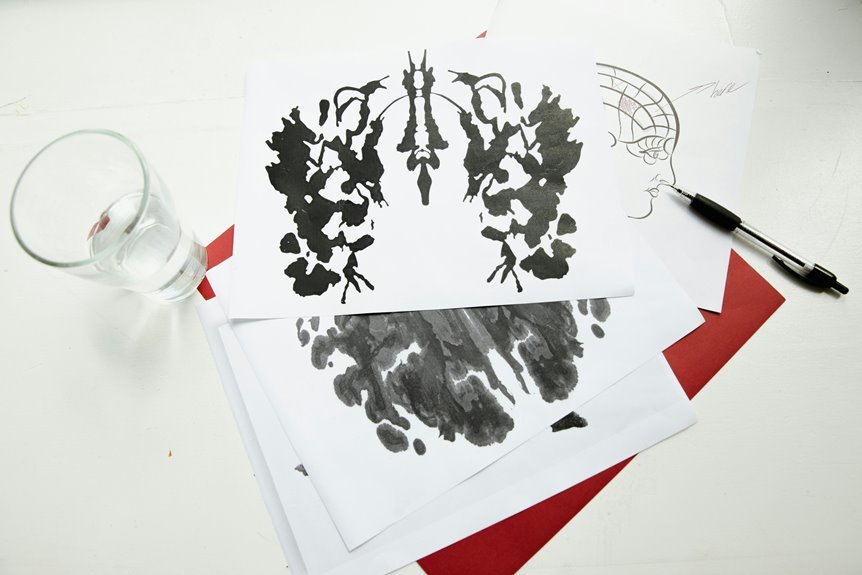2080592744 Session Drop Patterns in Low Coverage

The session drop patterns associated with the volume of 2080592744 reveal significant challenges faced by users in low coverage areas. Network instability and technical glitches contribute to frequent session interruptions. These issues lead to shorter session durations and increased negative feedback from users. Understanding the underlying causes and trends in user engagement is crucial. Addressing these challenges may require strategic interventions, which raises questions about effective solutions.
Analyzing the 2080592744 Session Drop Data
A significant volume of session drop data, specifically identified as 2080592744, reveals critical insights into user engagement patterns.
Analysis indicates a correlation between session duration and user feedback, suggesting that shorter sessions often coincide with negative feedback.
This data underscores the importance of understanding user experience, as prolonged engagement is pivotal for fostering a sense of autonomy and satisfaction among users.
Identifying Causes of Session Drops
Identifying the causes of session drops requires a thorough examination of user behavior and environmental factors.
Key contributors include session timeouts, which may arise from inactivity, and network issues that disrupt connectivity.
Trends in User Engagement
While various factors influence user engagement, recent trends indicate a shift towards more personalized and interactive experiences.
Organizations increasingly prioritize user feedback to refine their offerings, directly impacting engagement metrics. This evolution reflects a broader understanding that fostering meaningful interactions enhances user satisfaction and loyalty.
As engagement strategies adapt, the focus on tailored experiences becomes essential for maintaining competitive advantage in dynamic digital landscapes.
Strategies for Mitigating Session Drops
To effectively mitigate session drops, organizations must employ a multifaceted approach that addresses both technical and user experience factors.
Key strategies include enhancing connection stability through robust infrastructure and optimizing application performance.
Actively soliciting user feedback can identify pain points, allowing for targeted improvements.
Ultimately, a proactive stance on these elements fosters an environment conducive to seamless user engagement and minimizes disruptions.
Conclusion
In light of the challenges presented by the 2080592744 session drop patterns, it becomes evident that enhancing connectivity and application performance is paramount. By addressing the underlying issues in low coverage areas, organizations can transform user experiences from frustrating interruptions to seamless interactions. This proactive approach not only fosters user engagement but also cultivates a sense of loyalty, ensuring that geographical limitations do not overshadow the potential for meaningful connections in the digital landscape.




